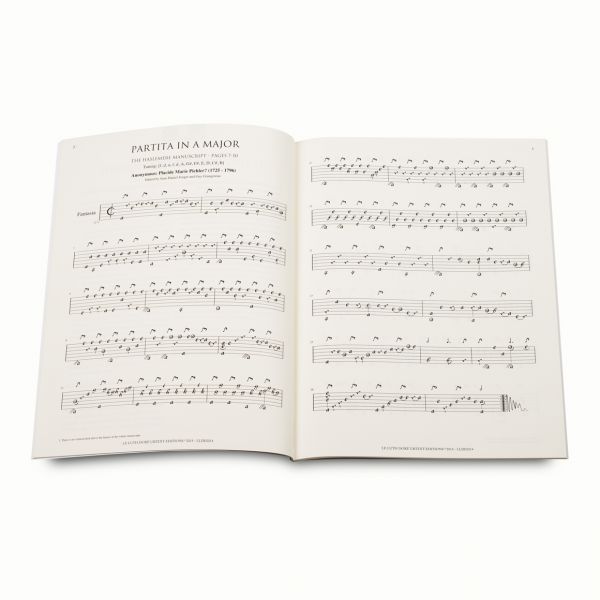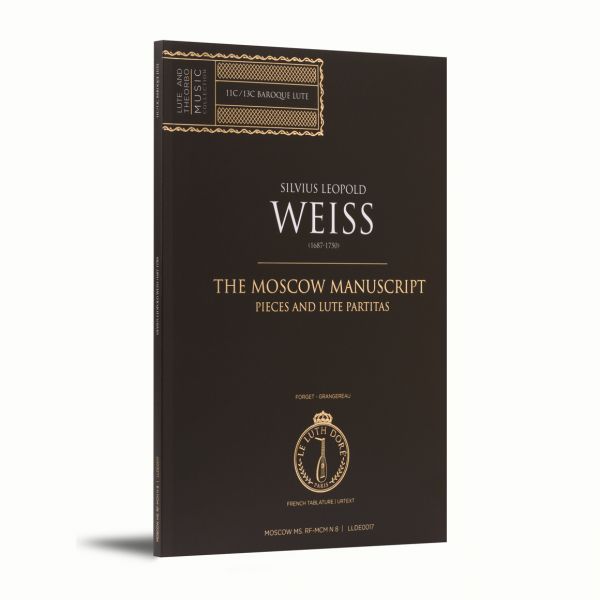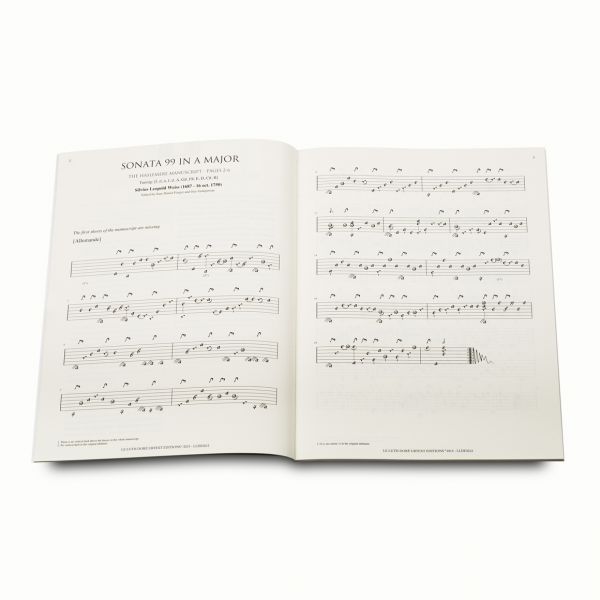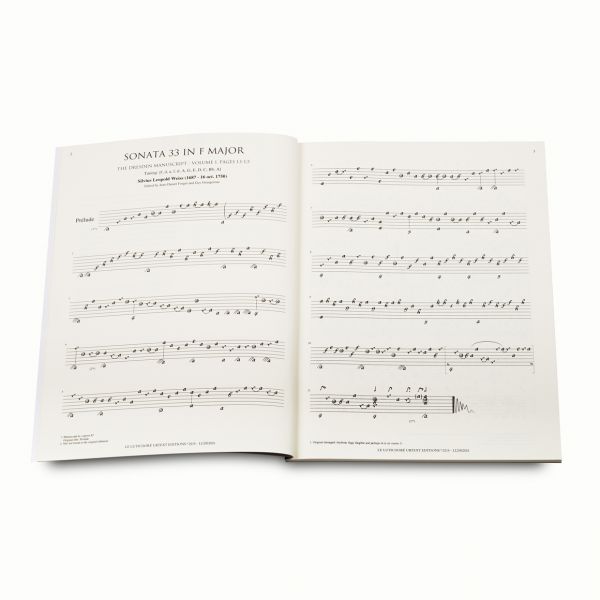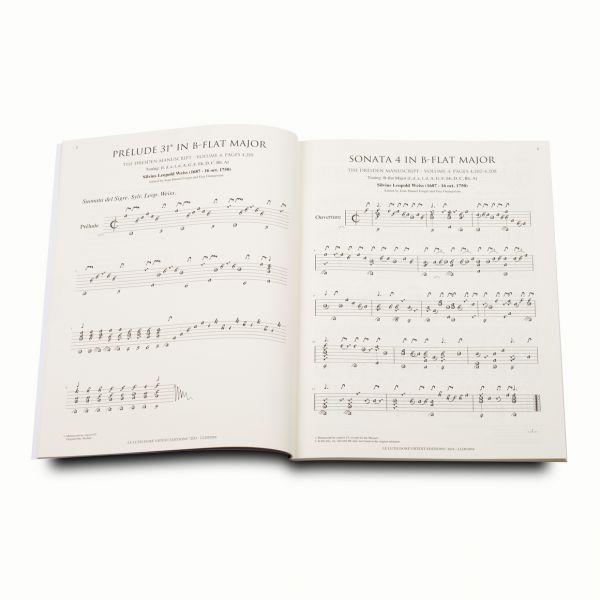Marin Marais (1656-1728)
Prélude
Les voix humaines
La rêveuse
Passacaille
Tombeau pour M. de Sainte-Colombe
Sarabande La désolée
Rondeau
Antoine Forqueray (1672-1745)
La Cottin
Le Carillon de Passy
La Du Vaucel
François Couperin (1668-1733)
Le Dodo ou L’amour au berceau, Rondeau
Air tendre
Menuet et Double
L’Enchanteresse
Louis Couperin (1626-1661)
Sarabande
Chaconne
Chaconne
Passacaille
Fantaisie pour violes
Sarabande
Sarabande
Chaconne en Rondeau
Jacques Champion de Chambonnières (c.1601/2-1672)
Sarabande
Jeunes Zephirs, Sarabande
Sarabande de Mr de Chambonnières
Jean-Nicolas Geoffroy (c.1633-1694)
Chaconne
Pierre De La Barre (1592-1656)
Allemande
Courante
Sarabande
Sarabande
Jacques Hardel (c.1643-1678) | Louis Couperin (1626-1661)
Gavotte d’Ardelle
Double de la Gavotte d’Ardelle par Louis Couperin


















